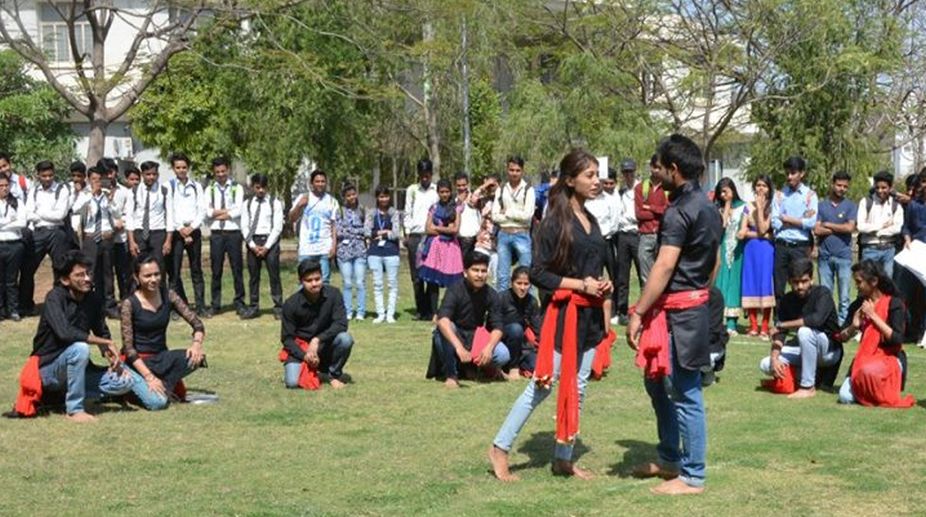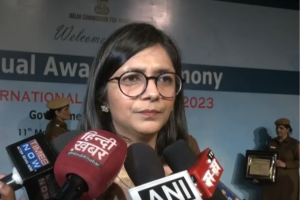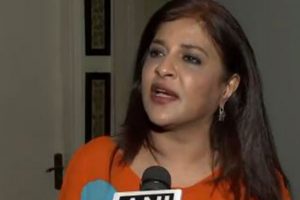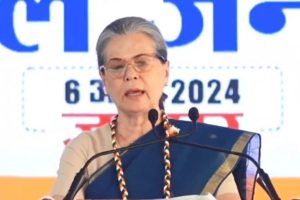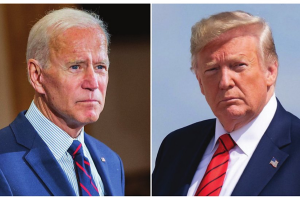"Because we believe that if your theatre does not take cognisance of the histories of contestation around class, caste, gender, language, region, if your theatre does not take off its fancy clothes and wade into the slush, if your theatre does not stand in partisanship of the poor and the oppressed, your theatre has no meaning".
These lines by Sudhanva Deshpande (an actor and director with Jan Natya Manch, one of the oldest and most significant street theatre groups in the modern history of India), in essence, summarise what street theatre has ever stood for and what it continues to stand for. In its rawest form, street theatre has been a protest theatre with an aim to make people aware of all that they ought to know. While stage plays are for the classes; street plays have always been for the masses.
But to be fair, any attempt to describe street theatre further will be like disregarding this beautiful, ever evolving, engaging art form. Right from the Capital's heart ~ Connaught Place ~ to the sleepy towns of Najafgarh, activists throughout the course of the post-Independence era have left their mark on the streets of Delhi. Anyone who has ever witnessed a live street performance would know that the zeal and passion with which these kurta-chunni-clad people perform are insuperable.
Long after a performance is over, the entire space seems to be full of energy; the aura created doesn't leave the air and the audience stands bewitched remembering the powerful slogans, songs and even the silent moments ~ the sounds of which reverberate in the atmosphere.
Genesis
Street theatre in India has a very old history, dating back to the colonial era. In the early 20th century, it was a tool to liberate and empower the working class and rekindle the spirit of revolution among them against the colonial establishment. In fact, it is arguably the oldest form of theatre in existence as most mainstream entertainment mediums can be traced back to origins in street performing.
In the context of the postIndependence history of India (and Delhi in particular), the one organisation, which has revolutionised street culture has been the Jan Natya Manch (Janam). Founded by a group of youngsters including late Safdar Hashmi, Janam traces its origin to 1973.
From performing legendary plays in the 80's and 90's like Machineand Aurat, which left the audiences enthralled, Janam has performed over 8,000 shows at nearly 100 streets till date. Such was the passion for the cause during those days, that people like Safdar Hashmi, lost their lives to this art form defending its `cause.
"The charm of street theatre was altogether different back then. Street activists used to perform for days without shelter or proper food; they braved hunger, thirst, injuries, death threats ~ all for their cause that was their driving force ~ and every inch of their bodies reflected it. They owned the space in which they performed and performed as if no one could snatch it from them," recalls Arvind Balan, a very old street play enthusiast in Delhi.
Then and now
In contemporary times though, the same extent of passion in the streets of Delhi is very hard to find. The University of Delhi, in a bid to encourage this particular art form, had introduced various aspects of theatre like inter-university competitions, Delhi University theatre festivals, events in annual college fests and ECA admissions through dramatics (including street), a long time back.
While the efforts are praiseworthy, the effects have not really been commensurate. In the words of Kuljeet Singh, founder of Atelier Theatre Group and a director of several street plays in Delhi University, "The competitive nature of street plays in the University campus theatre is fatal. It not only takes away the purpose of engaging with the issue, but also defeats the very purpose of doing theatre on streets.
With socially and politically important topics, many colleges in Delhi come up with moving, poetic and powerful plays every year but fail to reach the masses as they end up performing mostly in fests. The competitive nature and the incessant urge to win somewhere defeat the very cause of these plays and of street theatre as a whole.
Thus ironically, Delhi street theatre, in present times, is very less about performances on the street, for the masses, but rather about performances during fests in college campuses, for the educated Delhi University circuit, or the class. But of course, generalising that every independent and college theatre group in Delhi-NCR would fall under this ambit will be nothing less than a sin.
Many independent theatre groups like Khanabadosh (founded by Delhi University students) and Asmita Theatre Group (founded in 1993) have carried out many public performances since their inception. In fact, Asmita has 72 productions to its credit with phenomenal ones like the Court Martial performed all across the streets of the Capital. Atelier Theatre Group every year conducts its annual festival, wherein college theatre groups from all over India perform for the public on the streets of India.
A similar initiative has been undertaken by Verve, the Dramatics society of Shaheed Sukhdev College of Business Studies, which organises public performances across the sub-continent and has expanded its outreach to few countries abroad as a part of its annual festival, Manthan.
That apart, the National School of Drama organises the Bharat Rang Mahotsav, a non- competitive theatre festival every year, of which street theatre is a major part. In fact, even in Delhi University, there are a few colleges which have gone the extra mile to ensure that their message and cause reaches out to people.
The Dramatics Society of Lady Sri Ram College has performed its annual street production of 2016-17, "Ek Shunya Nau Chaar" in many places across Delhi-NCR, ranging from GB Road, Seelampur to Begampur ,Tihar Jail. For the past two years, Ibtida- the Dramatics Society of Hindu College has been collaborating with the government of Rajasthan and performing on the streets of Rajasthan to promote schemes under Pradhan Mantri Kaushal Vikas Yojana. According to Shashvat Jain, a former member of Ibtida, the experience "made them realise the difference their actions and words could bring about".
"There are people, who actually feel what we say is meant for them and that we are the ones who will solve their problems. Such moments make you realise the power in your hands. People there are illiterate and we performed to make them understand, which is not quite easy. Through this experience, we learnt to be simple and to the point with our content, something different from the official construct of our general plays," he added.
Initiatives like these are actually what street theatre is about. These are just a few names and there are many more groups, which are trying to keep up the cause of street theatre but the fact still remains that majority of them need to do more of what this type of theatre is about ~ performing on the streets.
But sadly, for many colleges getting permission and access (especially since 2014) has been a huge barrier to performing at public places. Kshitij, The Streetplay Society of Gargi College, was repeatedly denied permission from authorities to perform its annual production "Main Kashmir, Aur Aap? Main Manipur"because of its "controversial topic". In the words of Shivani Chaturvedi, the president, "Every attempt made at a public performance invariably led to omission of certain lines, and sometimes an entire scene.”
A similar thing happened with Ankur, The Dramatics Society of SGTB Khalsa College in February 2015. Its play "Welcome to the Machine" was banned for hurting sentiments and its "blatant criticism of the establishment". Since 2014, university campus spaces ~ hub of free speech and expression ~ are seen to be shrinking, making it even more difficult to perform on the streets.
All said and done, street theatre is one of the most powerful forms of art, which has the potential to create, destroy and shape opinions. It has the power to make humans out of people and instill in them, a sense of responsibility and it would be wonderful if more of it is utilised to actually reach out to the ones who need it the most.
Street Theatre, in current times, is more important than ever before because it will help us protect, nurture and push the idea of democracy ~ the essence of India's being.
From being a tool to portray the most hard-hitting topics in the most subtle manner to the masses, to standing up for the oppressed, street theatre, today is more than just an art form ~ it's a necessity, a way of life

